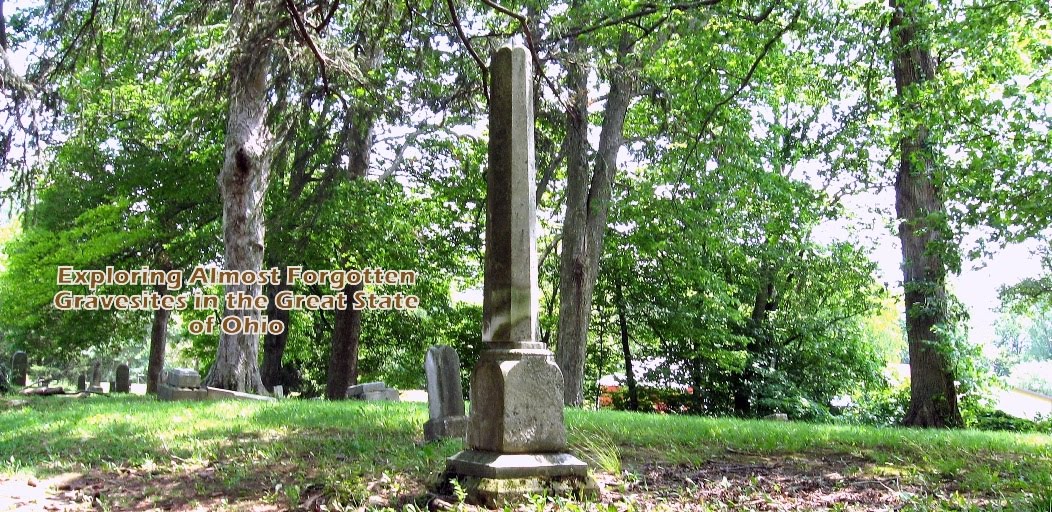The Code Citations Include:
(A) "Subdivision" means any county; municipal corporation; township; township police district; joint police district; township fire district; joint fire district; joint ambulance district; joint emergency medical services district; fire and ambulance district; joint recreation district; township waste disposal district; township road district; community college district; technical college district; detention facility district; a district organized under section 2151.65 of the Revised Code; a combined district organized under sections 2152.41 and 2151.65 of the Revised Code; a joint-county alcohol, drug addiction, and mental health service district; a drainage improvement district created under section 6131.52 of the Revised Code; a lake facilities authority created under Chapter 353. of the Revised Code; a union cemetery district; a county school financing district; a city, local, exempted village, cooperative education, or joint vocational school district; or a regional student education district created under section 3313.83 of the Revised Code.
Click HERE to view the 12 page PDF document of HB91
~~~~~~~~~~~~~~~~
(T) For maintaining and operating cemeteries;
[where the change would occur from the current wording, with the addition of (T)]:
(4) When the increase is for the purpose or purposes set
forth in division (D), (G), (H), (T) , (Z), (CC), or (PP) of this
section, the tax levy may be for any specified number of years
or for a continuing period of time, as set forth in the
resolution.
*~*~*~*~*~*~*~*~*~*~*~*
(T) For maintaining and operating cemeteries;
[where the change would occur from the current wording, with the addition of (T)]:
(4) When the increase is for the purpose or purposes set
forth in division (D), (G), (H), (T) , (Z), (CC), or (PP) of this
section, the tax levy may be for any specified number of years
or for a continuing period of time, as set forth in the
resolution.
*~*~*~*~*~*~*~*~*~*~*~*
**My thoughts**:
If HB 91 passes, cemeteries would be included in continuing levies if a
township or subdivision, for example, chooses to place a continuing levy on the ballot rather than
one for a specified number of years.
Passing continuing levies would better ensure that funding would continue and stay in place for the regular maintenance of cemeteries. This option is currently not available to townships unless HB 91 is passed.
There are some township cemeteries in Ohio where no funding at all exists for their upkeep and care, and they solely depend on outside donations for any work that needs to be done. This situation can translate into long lapses in routine maintenance where cemetery grounds and gravesites severely deteriorate due to the ravages of time, weather, and vandalism; to name some of the reasons Ohio's cemeteries are now in very poor condition.
Having a continuing levy in place could help provide the needed funds within an ongoing timeframe; thus not leaving cemeteries vulnerable because five year levies placed on ballots fail.
Too much history has already been lost at Ohio's most endangered cemeteries; and glaringly so at the inactive pioneer burial grounds where the Buckeye State's early ancestors are interred. The heart of this problem stems from lack of funding. If cemeteries are included in continuing levies, there would be less interruption of funds that are needed to continue with their regular maintenance and care.
Passing continuing levies would better ensure that funding would continue and stay in place for the regular maintenance of cemeteries. This option is currently not available to townships unless HB 91 is passed.
There are some township cemeteries in Ohio where no funding at all exists for their upkeep and care, and they solely depend on outside donations for any work that needs to be done. This situation can translate into long lapses in routine maintenance where cemetery grounds and gravesites severely deteriorate due to the ravages of time, weather, and vandalism; to name some of the reasons Ohio's cemeteries are now in very poor condition.
Having a continuing levy in place could help provide the needed funds within an ongoing timeframe; thus not leaving cemeteries vulnerable because five year levies placed on ballots fail.
Too much history has already been lost at Ohio's most endangered cemeteries; and glaringly so at the inactive pioneer burial grounds where the Buckeye State's early ancestors are interred. The heart of this problem stems from lack of funding. If cemeteries are included in continuing levies, there would be less interruption of funds that are needed to continue with their regular maintenance and care.
